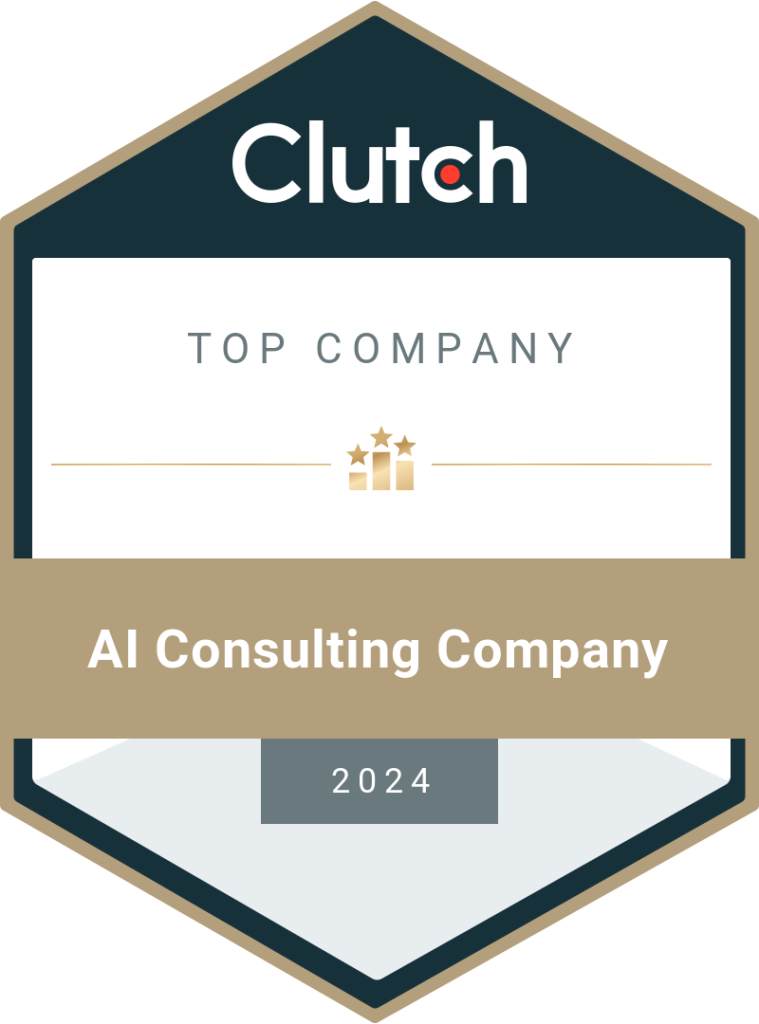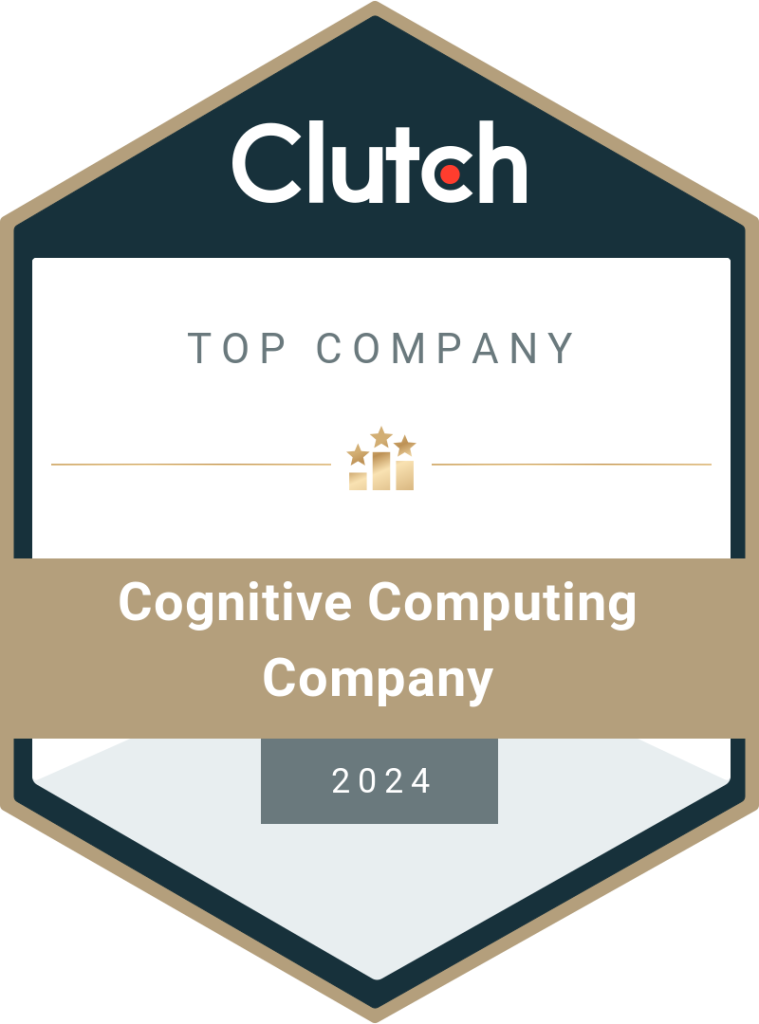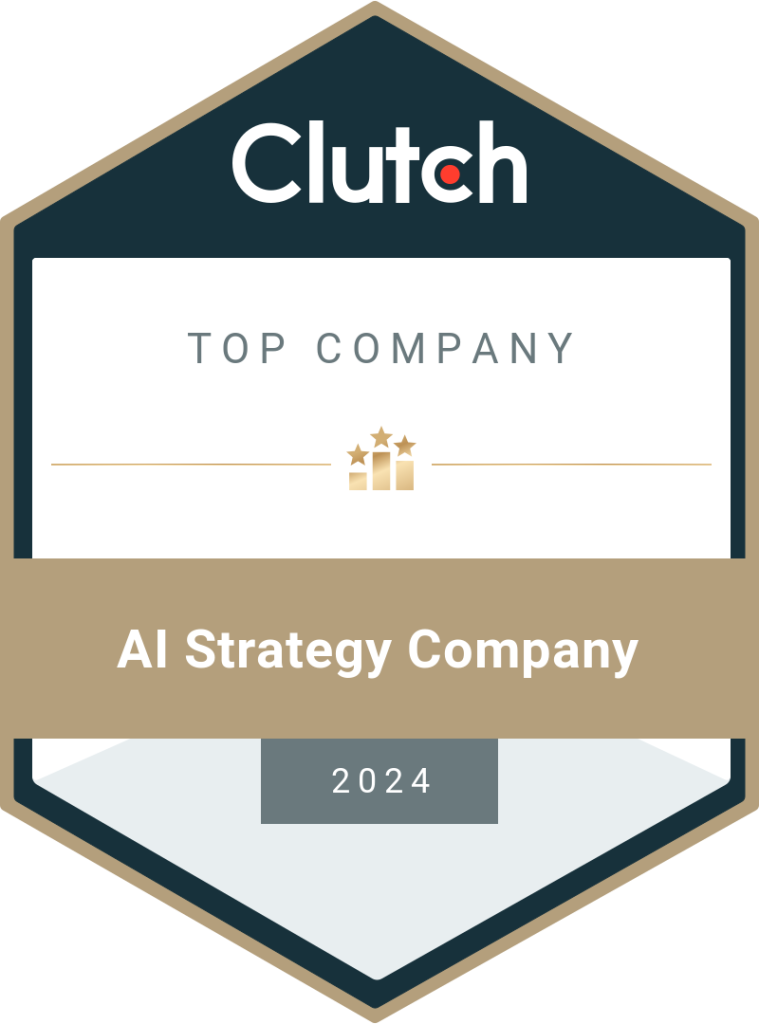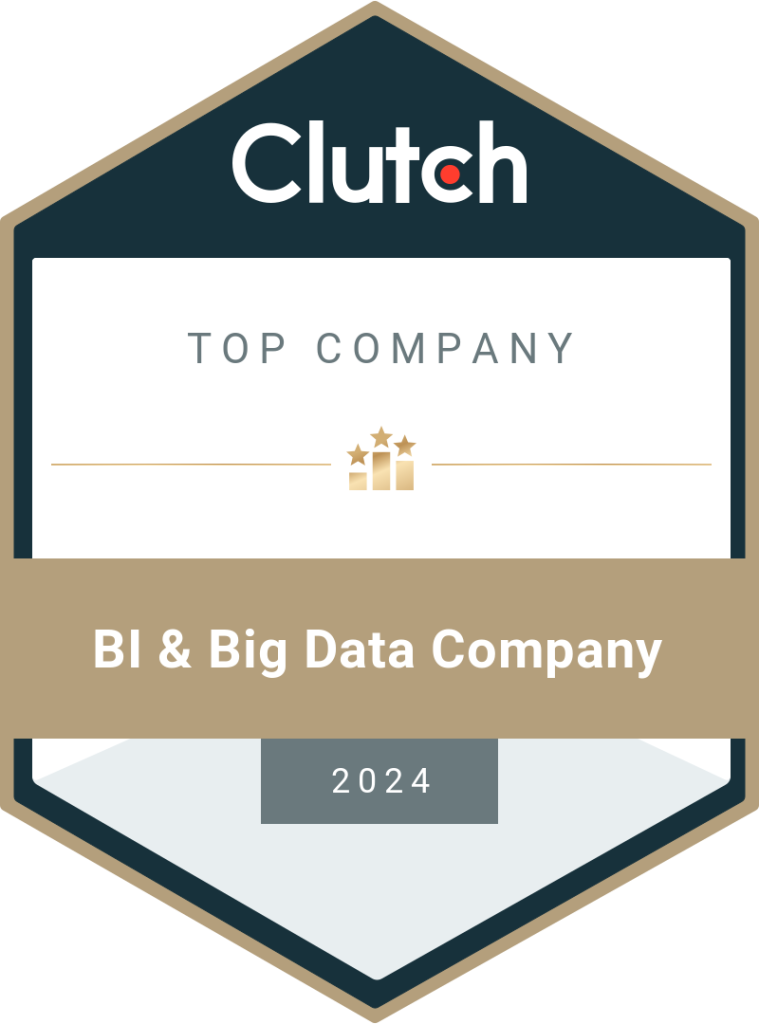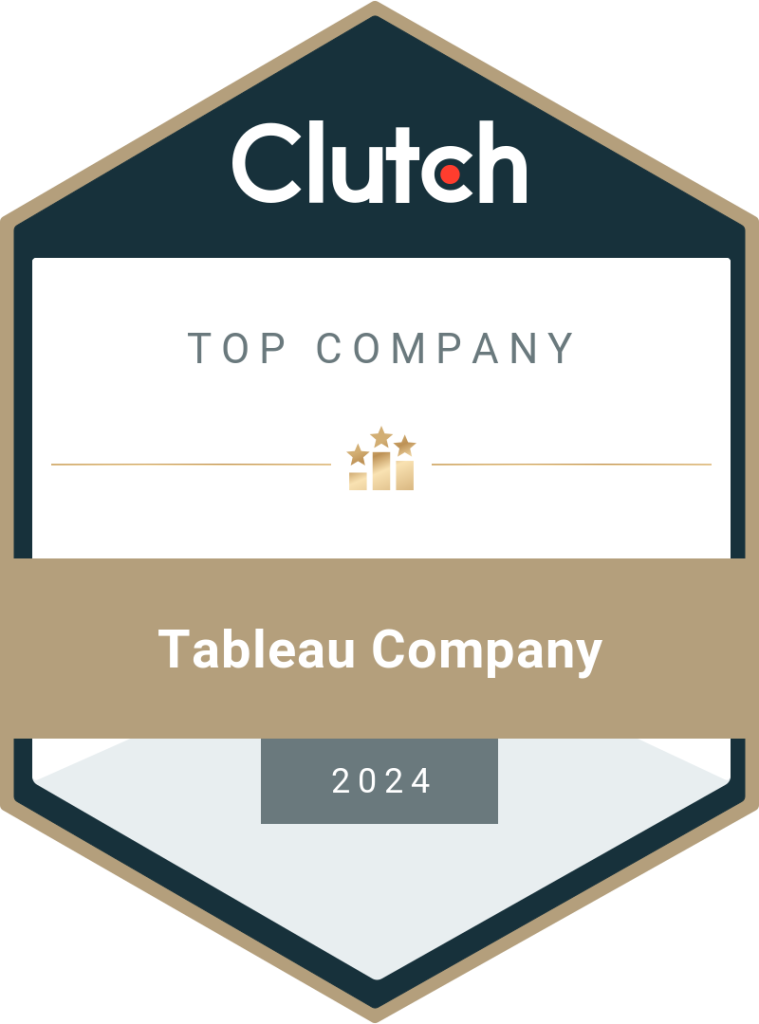Power BI in Ecommerce – Top 11 Companies Shaping Analytics
The Ecommerce sector can vastly benefit from using business data to derive actionable insights and make data-driven decisions through real-time dashboards. Here, we’ll discuss the top 11 Power BI companies in the Ecommerce industry and their services. Ecommerce is among the fastest-growing industries in the global market. With millions of people buying products online, there is high demand and supply for a plethora of goods. Be it medicines, apparel, electronics, or groceries, numerous products can be purchased online directly from the manufacturer, distributor, or online retailer. Statistics show that 2.77 billion people are estimated to shop digitally. This represents 33% of the global population. With over 28 million Ecommerce stores in the market, there is high competition between businesses to capture more customers and retain them. In such instances, data analytics and business intelligence help businesses get a clear understanding of the market trends, sales, customer behavior, competitors, etc. By implementing platforms like Microsoft Power BI, Ecommerce businesses can make quick and effective data-driven decisions to stay ahead of competitors and achieve their targets. In this blog, we’ll read more about the role of Power BI in Ecommerce and the top eleven companies that offer the required services to benefit from the platform’s solutions. How is Power BI Used in Ecommerce? Power BI is a business intelligence and data visualization platform developed by Microsoft. It can be integrated with diverse data sources to collect business data and analyze it to provide in-depth insights and reports through the dashboards. Employees from different departments use the insights and visualization reports for real-time decision-making. By using Power BI in Ecommerce, a business of any size can streamline its operations and enhance customer experience. While businesses can implement Power BI on their own, partnering with a service provider will ensure accurate and seamless results. Moreover, the company offers long-term support and maintenance services to troubleshoot and upgrade the platform whenever necessary. Here are a few ways to use Power BI services to boost Ecommerce business. Customer Segmentation Customers are vital in Ecommerce. How a business reaches out to its target audiences, how it promotes the products, customer behavior, purchase patterns, demographics, etc., determines its success. With Power BI, the business can analyze customer data to derive in-depth insights. Based on these, the business can sort and filter customers into different segments and send customized target promotions accordingly. Inventory Management How many products should the business stock? Which item is in more demand? When will customers buy a certain product more? Power BI can be used to derive such insights. This helps maintain inventory levels and handle fluctuating demands without worrying about low stock. Similarly, the business can avoid overstocking a product. Supply Chain Management After inventory, supply chain management and logistics are other crucial aspects of an Ecommerce business. With help from Power BI companies, businesses can streamline all parts of the supply chain, reduce risk, and make alternate arrangements in advance to prevent delays and disruptions. Sales and Revenue Analysis The sales data gives plenty of insights into Ecommerce businesses. It can be used to measure progress, identify weak areas, understand growth opportunities, etc., for different products, regions, durations, and so on. With real-time Power BI dashboards, the sales team can get instant inputs and take corrective steps before it is too late. This also enhances customer experience. Marketing and Promotions Power BI can also be used to analyze data from websites, ads, social media platforms, and marketing campaigns to provide a clear picture through the dashboard. With this information at their fingertips, Ecommerce businesses can track metrics like click-through rates, conversion rates, acquisition costs, and many more to increase ROI from marketing. Predictive Analytics Predictive analytics are a type of advanced analytics that process historical data to predict future trends for the business. By using Power BI to forecast sales and understand market fluctuations, the Ecommerce business can be ready to tackle seasonal fluctuations and changes in customer behavior. Real-Time Reporting Ecommerce analytics through Power BI dashboards can be used for real-time reporting. Employees can send a query and get an instant outcome to make a decision or complete the task. Whenever businesses have to make quick decisions, they can use real-time reporting and stay at the top of the game instead of relying on outdated and old reports. Power BI in Ecommerce – Top 11 Industry Players DataToBiz DataToBiz is an end-to-end AI company offering tailored services to implement solutions for Power BI in Ecommerce. As a certified Microsoft Gold Partner and Microsoft Power BI Showcase Partner, the company has the required expertise and experience to build, deploy, integrate, and customize Power BI dashboards as per clients’ requirements. It works with startups, SMBs, MSMEs, and large enterprises from across the globe. The company has in-depth knowledge of various industry standards and knows how to help businesses align their process with their mission and achieve the desired goals. As one of the leading business intelligence companies, DataToBiz has worked on several data visualization Power BI projects. The professionals build custom dashboards and provide the necessary support to ensure seamless integration with third-party tools. Ecommerce businesses can use real-time visualization reports to track their sales, marketing campaigns, customer experience, targets, etc., and make data-driven decisions. ScienceSoft ScienceSoft is a global IT consulting and software development company offering retail analytics solutions through Power BI dashboards. The company’s services are customized to meet the varied requirements of clients and help them implement advanced solutions with ease. It assists retail and Ecommerce businesses in converting raw data into valuable insights to make real-time decisions and capture more audiences. The company also works with businesses from several sectors by offering industry-specific services. It has been a Microsoft Solutions Partner for years and has ISO 9001 and ISO 27001 certifications to ensure quality solutions. The company has won The Americas’ Fastest-Growing Companies by the Financial Times thrice in a row. ScienceSoft has experienced Power BI developers who create diverse dashboards for KPIs and set up the
Read More
